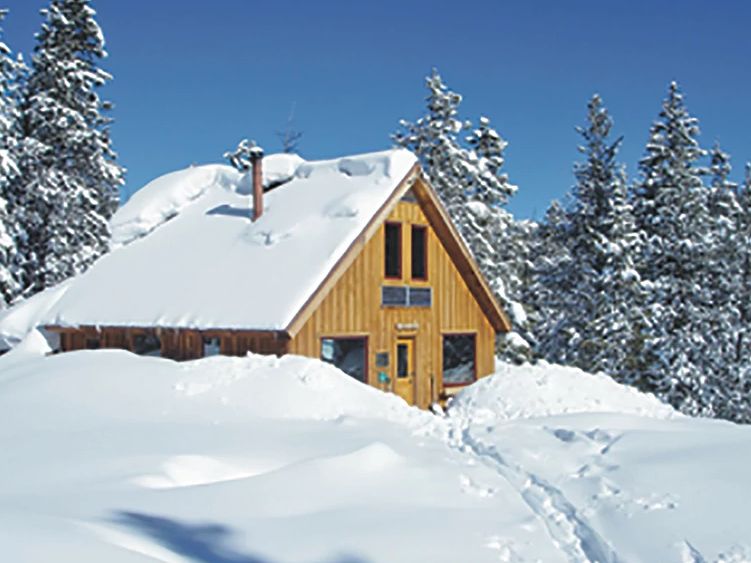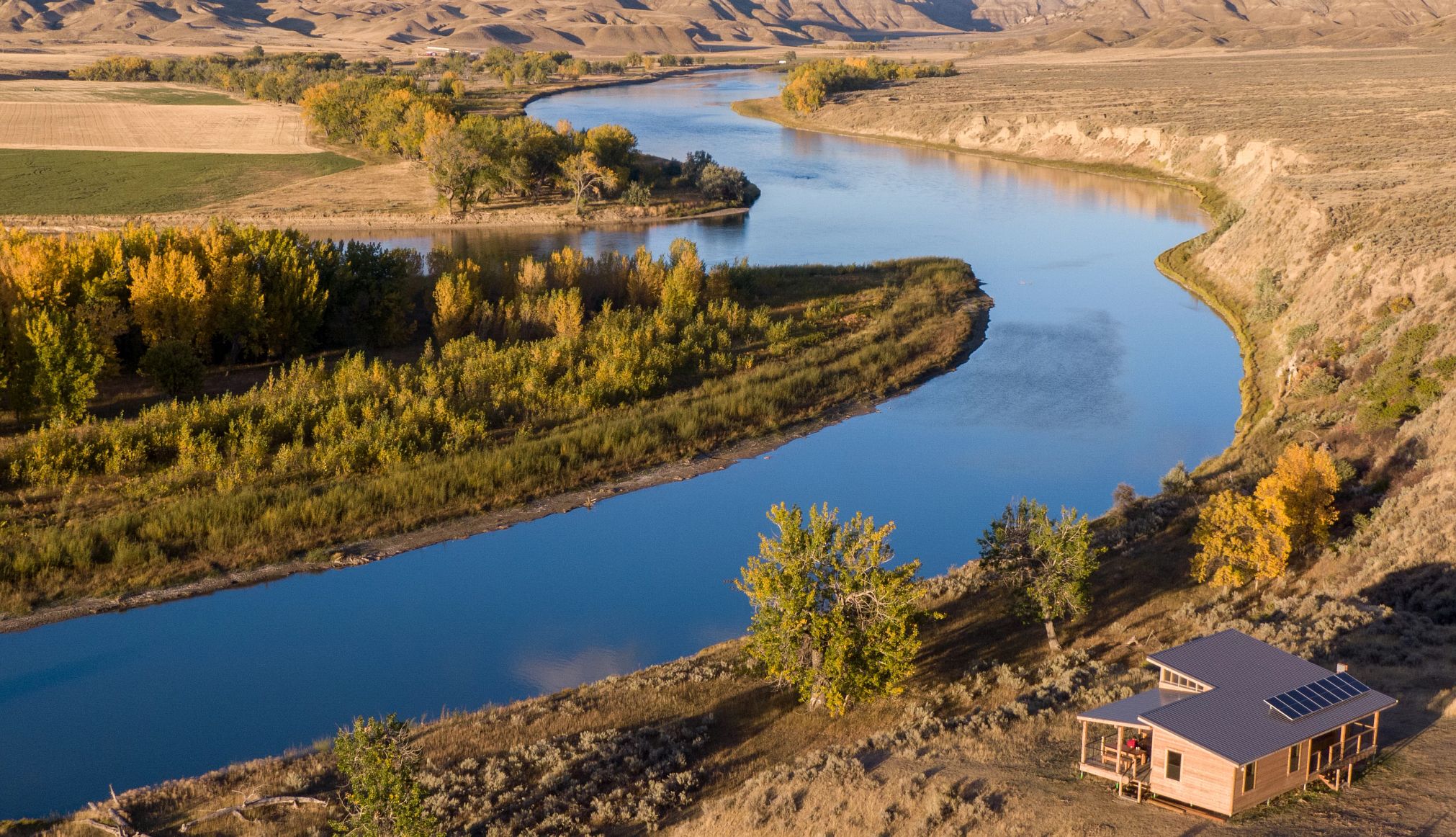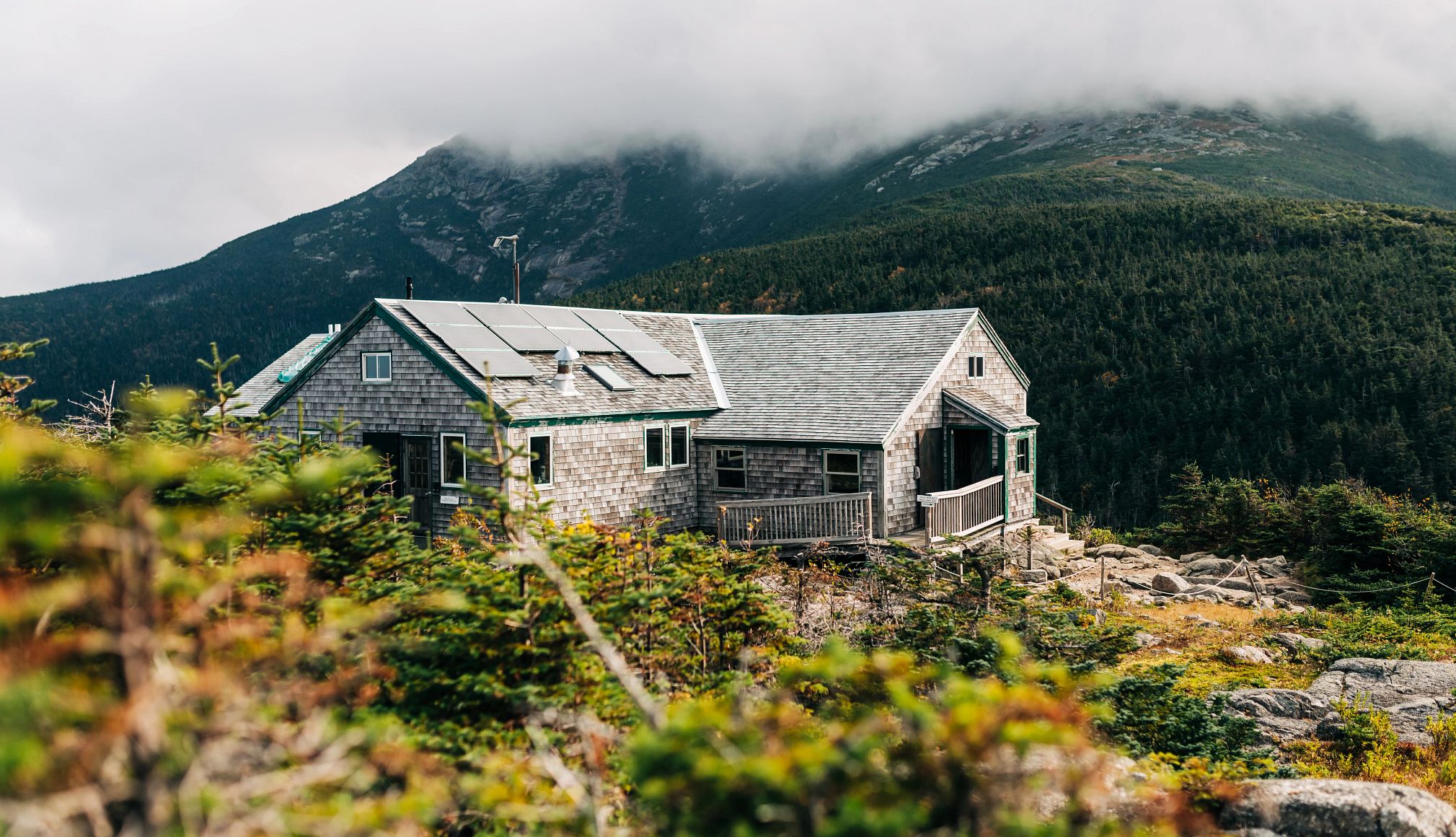AARP Hearing Center
With skins on her Alpine Touring (AT) skis and about 35 pounds on her back, Ann Kampf of Silverthorne, Colorado, trekked away from the resorts in Summit County, Colorado. She was wearing a bespeckled tutu around her waist because, “why not! It’s fun and festive!” says Kampf.
The 73-year old was headed into the White River National Forest for a few nights in a hut with 16 others ranging in age from 55 to 78. The removable skins on her skis gripped the snow as she climbed up Bald Mountain on marked trails; she’d peel them off later for some backcountry downhill skiing on untouched powder. The group was leaving behind traffic snarls, parking headaches and increasingly long lift lines, for Sisters Cabin, one of 38 huts maintained by the 10th Mountain Division Hut Association, including the newest, Emmelyn Hut, added in 2023. It would take two to three hours to trek 3.7 miles from the trailhead to Sisters Cabin, which sits at 11,473 feet on Bald Mountain; from the top, views include the Continental Divide.
According to Sam Demas, there are 27 different U.S. huts systems offering opportunity for multiday traverses, boasting more than 2,200 beds in more than 170 huts (and counting), the majority of which are open year-round. The huts, from Maine to Alaska, originally served as shelter for skiers and hikers traveling in the backcountry. As backcountry adventure has grown, the huts often serve as base camps for skiers and campers. Demas, who cowrote Hut-to-Hut USA: The Complete Guide for Hikers, Bikers and Skiers, says the hut systems, which are run by for-profit and nonprofit operations, “had to have at least three structures that were meant to be traveled in sequence” and not be accessible by road. The huts system is focused on human-powered travel, where people walk to the next hut, settle in and meet the hut mates for the night, he says. You’re “in effect living communally, staying overnight with strangers.”
To Demas, there’s something quite romantic and freeing about going out into the wilderness.
It’s a chance “to go out in search of who you really are when you get away from your usual routine,” says Demas, 75. He’s “hutted” around the world, including in Europe, where the concept originated, and in New Zealand, which boasts the largest hut system in the world.
Explore these four hut systems for a wonderful sense of adventure.


10th Mountain Division Hut Association, Colorado
Unlike the full-service European model, which provides bedding and hot meals, the majority of U.S. huts systems offer four walls, a roof and simple mattress-covered bunks. There are full kitchens that allow for cooking. With no running water, many huts have rainwater collection systems; in the winter, visitors will melt fresh snow using portable filters and water purifiers to make the water potable. Outhouses with composting toilets are typical; showers are rare.
“The decision not to embrace the full-service European-style hut had a lot to do with the founders wanting to promote self-reliance,” says Ben Dodge, executive director of 10th Mountain Division, which opened its first hut in 1983.

































































